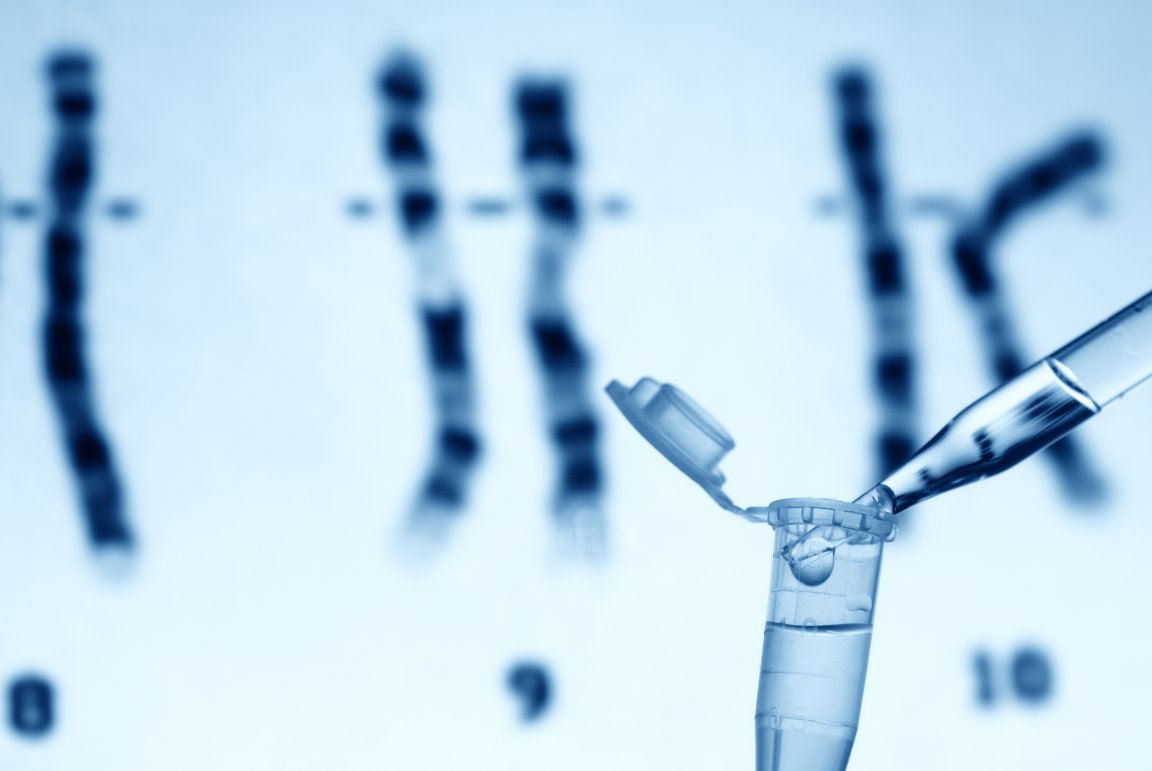
Editing The Editor
The CRISPR gene-editing tool is already in use by scientists all over the world who are racing to cure deadly diseases by editing the genomes of patients. However, as human trials for various treatments are slated to begin, we still face the hurdle of ensuring that any errors in CRISPR edits won’t causing problems. Scientists from The University of Texas at Austin may have come up with a possible solution. They’ve developed something that works like a predictive editor for CRISPR: a method for anticipating and catching the tool’s mistakes as it works, thereby allowing for the editing of disease-causing errors out of genomes.
Scientists have already learned how to use CRISPR to edit errors in almost any genome — and it’s these errors that can cause a wide range of diseases. Many forms of cancer, Huntington’s disease, and even HIV can be targeted using CRISPR. That being said, it’s not a perfect solution. Just as the autocorrect on your smartphone can cause you to send an unintentional and embarrassing text message, CRISPR can “correct” something that was actually right — the consequences of which can make it a dangerous mistake. One that actually causes a disease as opposed to an embarrassing social gaffe.
The researchers developed a method for quickly testing a CRISPR molecule against a person’s entire genome, rather than only the target area, in order to predict other segments of DNA the tool might accidentally interact with. This new technique functions like an early warning system, giving doctors a chance to more closely tailor gene therapies to specific patients, while ensuring they are effective and safe.
“If we’re going to use CRISPR to improve peoples’ health, we need to make sure we minimize collateral damage, and this work shows a way to do that,”Stephen Jones, UT Austin postdoctoral researcher and co-lead author of the study, told the UT News.
More Accurate Predictions
This research will also allow scientists to improve their own predictive skills when it comes to CRISPR molecule behaviors — even without genome testing. This is because the work is actually revealing the “rule book” CRISPR molecules follow when they choose targets.
One CRISPR molecule the team tested, Cascade, targets DNA sequences but pays less attention to every third letter in the sequence. “So if it were looking for the word ‘shirt’ and instead found the word ‘short,’ it might be fine with that,” Jones said, explaining the significance of the quirk to the UT News.
As researchers master these rules, they will be able to develop better predictive models for CRISPR therapies. This will make the technique faster and cheaper, which will in turn render personalized gene therapies more accessible to more patients. Most important of all, it will also help make the entire process far safer.